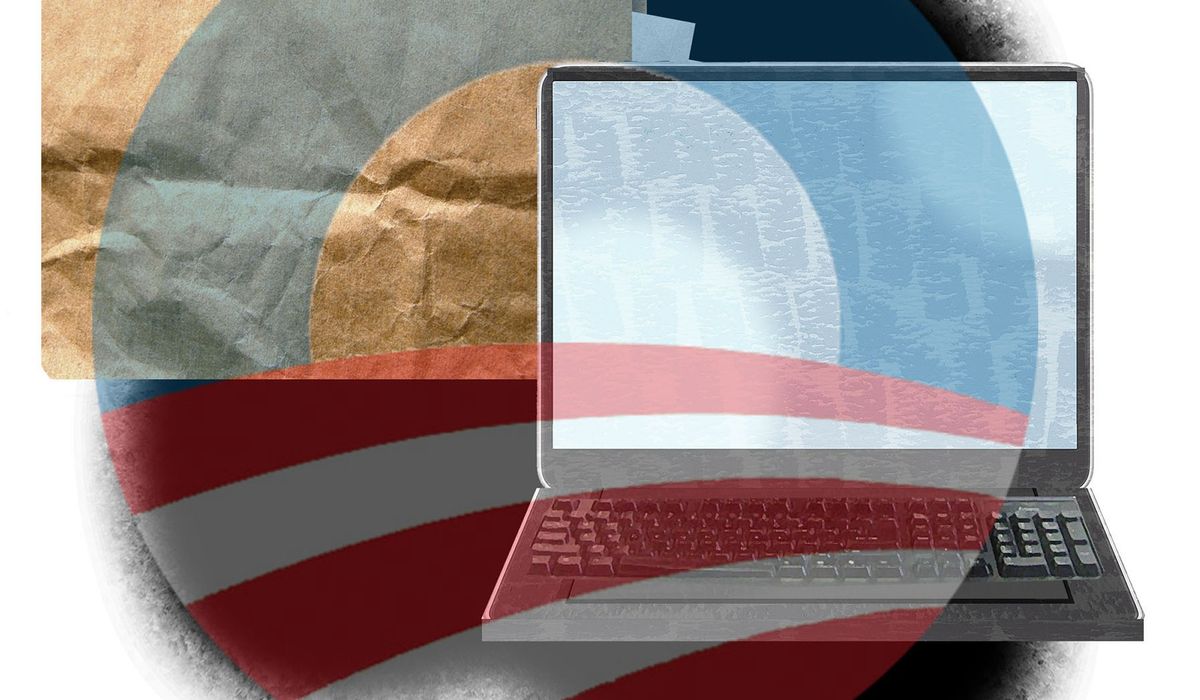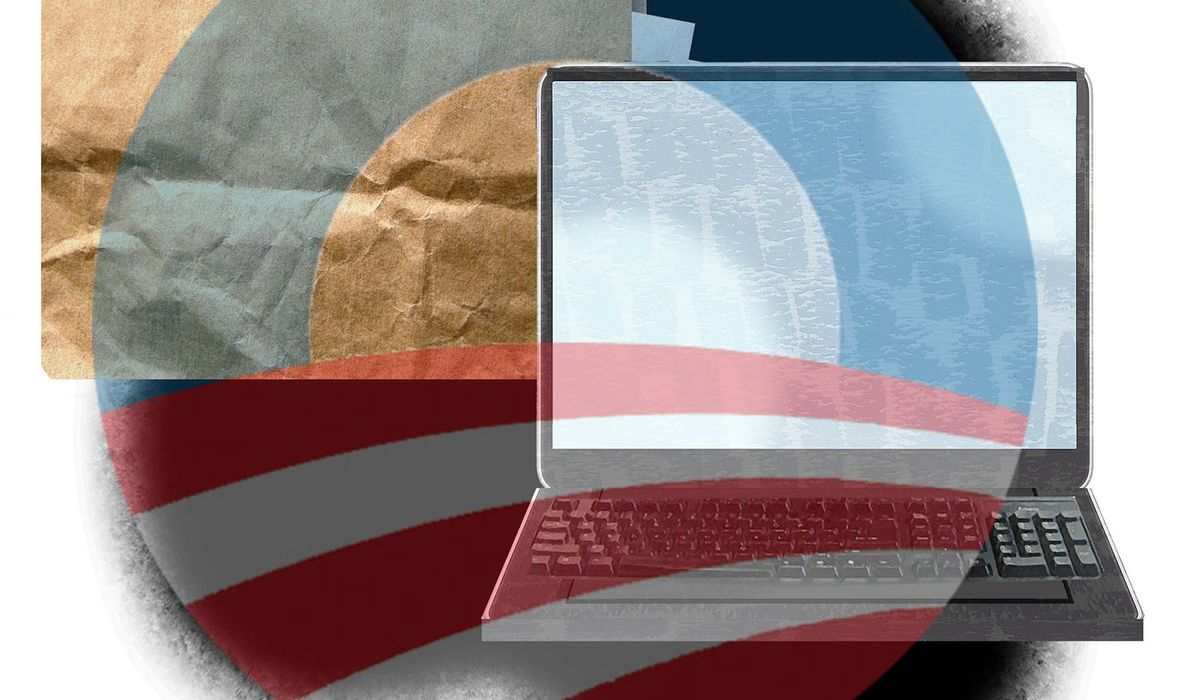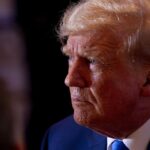
OPINION:
Obama intelligence operatives knew before the Nov. 8, 2016, election that Christopher Steele’s Democratic Party-circulated dossier had been poisoned against candidate Donald Trump by Kremlin intelligence.
Yet they never told the public as voting commenced.
Things were different four years later when the dossier was replaced by the laptop as the 2020 election’s Russia card.
Former President Barack Obama’s former intelligence directors quickly penned a warning — this one false — designed to steer the public and press away from a mother lode of secrets that would have hurt Democratic nominee Joe Biden.
Five days after the New York Post revealed the Hunter Biden laptop and its tale of shady business deals reaching his father, then-candidate Biden, former CIA Director John Brennan, former Director of National Intelligence James Clapper and associates released an Oct. 19, 2020, warning letter. They called the New York Post story a product of Russian disinformation and “hacking.”
The false assertion validated moves by the social media giants Twitter and Facebook and the mainstream media to boycott, suppress and condemn the story. This, conservatives say, delivered victory to the elder Mr. Biden three weeks later.
To recap the history: In 2016, true Kremlin-dossier collusion was kept from the public. Mr. Brennan led the CIA at the time. In 2020, fake laptop-Kremlin collusion was sold to the public as the truth by Mr. Brennan and other senior Obama intelligence loyalists. (I asked a letter signer what was the evidence of laptop disinformation, and he said he did not know.)
Ascending to the majority next month, House Republicans plan to exercise subpoena power to investigate the FBI’s election interference with Twitter et al. and to also focus on the Brennan-Clapper letter.
Here’s how the very different dossier-laptop storylines unfolded.
That fall, 2016, former British spy Christopher Steele came to Washington to ply reporters with his dossier’s tale of felonies committed by Mr. Trump and his aides, all having to do with Russian election interference. Mr. Steele’s paychecks were funded by the Hillary Clinton campaign and the Democratic National Committee.
Clinton operatives began spreading the falsehoods all over town and made sure they got inside the Department of Justice, the FBI and influential D.C. media.
The 35-page dossier itself did not emerge until January in a BuzzFeed scoop, but its anti-Trump allegations did reach and influence the public during the campaign.
At that point, the Obama administration or FBI could have informed the press of Moscow’s suspected role in seeding the dossier with lies. But they did not. In fact, FBI officials trafficked the dossier to the Obama White House, a skeptical intelligence bureaucracy (it called the dossier “internet rumor”) and to federal judges to obtain wiretaps.
How did dossier claims reach the public? Some reporters wrote stories on Mr. Steele’s secret briefings.
And Sen. Harry Reid, Nevada Democrat, sent a letter to then-FBI Director James Comey in August 2016 accusing Mr. Trump of conspiring with Russia. As evidence, he pointed to a claim right out of the dossier: that campaign volunteer Carter Page “met with high-ranking sanctioned individuals while in Moscow in July of 2016.” He wrote the letter after receiving a phone briefing from the CIA’s Brennan.
(Mr. Page subsequently said there were no such meetings. The Robert Mueller investigation cleared him of Russian election collusion.)
The Reid letter made its way to The New York Times, which published the bombshell story that August.
How do we know intelligence folks in the fall of 2016 knew the dossier stemmed from Russian intelligence?
It took a number of years, but Republican Sens. Chuck Grassley of Iowa and Ron Johnson of Wisconsin pried open the secrets with help from Attorney General William Barr and former National Intelligence Director Richard Grenell.
The Justice Department’s inspector general in late 2019 issued a lengthy report on FBI wrongdoing in its dossier-fueled wiretapping. Censored were seemingly innocuous footnotes that a person could rationalize were not that important, or they would be in the report’s main body.
But they were incredibly important to the dossier’s sordid history.
A persistent Grassley-Johnson team was able to obtain liberated footnotes and told us what he found in an April 2020 letter to FBI Director Christopher Wray. Messrs. Grassley and Johnson alleged to Mr. Wray that his special agents misled the Justice Dept. inspector general when they testified there was no evidence of dossier Russian disinformation by May 2017 when they were relying on Mr. Steele’s narrative to try to nail Mr. Trump and his aides.
The senators wrote: “These recently declassified footnotes raise another issue of significant concern: What other parts of the FBI’s investigation were infected by Russian disinformation? For example, one footnote explains that Russian Intelligence Services targeted Steele’s company for penetration. Another footnote shows that, as early as October 2016 and the same time it was preparing its first FISA [wiretap] application, the FBI became aware that one of Steele’s key sources was either a Russian intelligence officer or otherwise linked to Russian intelligence.”
They continued: “In other words, the FBI knew that Russian intelligence was targeting Christopher Steele’s company, that Steele relied on sources affiliated with Russian intelligence… These facts show the intention, means, and ability to plant Russian disinformation in Steele’s reporting.”
Mr. Grassley and Mr. Johnson disclosed that by January and February 2017, as Mr. Trump took office and weathered constant Democratic dossier-based assaults, the intelligence agencies sent the FBI reports that Mr. Steele’s reporting “was part of a Russian disinformation campaign.”
Specifically, the headline-making claim that Trump lawyer Michael Cohen secretly traveled to Prague in 2016 to conspire with Kremlin hoods was, in fact, the product of Russian intelligence penetrating Mr. Steele’s source network. (The Prague trip tale was bogus. Even the FBI came to believe it was a hoax.)
To underscore my point: Unlike the laptop alarm bells, from at least October 2016 into early 2017, the FBI or CIA issued no public warning that the dossier was Moscow disinformation. Instead, the FBI continued to use it to harass Trump aides, acquire wiretaps and traffic in the unconfirmed allegations. Nor did the FBI tell us it offered Mr. Steele $1 million to prove his dossier. He never did. In fact, the bureau never confirmed any anti-Trump claim after four years of trying.
When Vladimir Putin’s Russia was proved to be planting bogus claims to hurt Mr. Trump, Democrats suddenly became silent over Kremlin election interference.
Today, we know that the people who colluded with Russia-supplied information to influence the election and then damage an American president were Mrs. Clinton’s team and the FBI.
• Rowan Scarborough is a columnist with The Washington Times.








